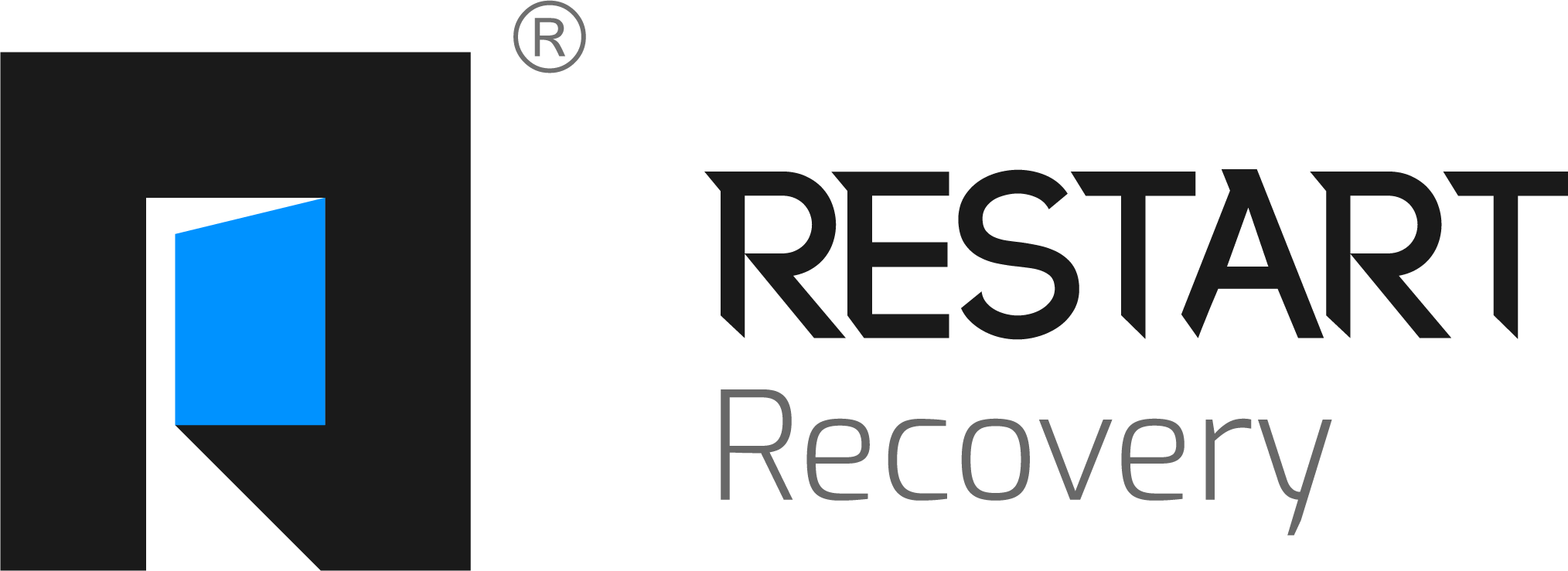What Is Self-Harm and Why Is It Done?
- Yasmin Maghsoudloo
- Apr 10
- 4 min read

What Is Self-Harm and Why Is It Done?
Understanding the Complexities of Self-Injury
Self-harm is a topic often shrouded in misunderstanding, stigma, and confusion. Defined as the intentional act of causing physical injury to oneself, self-harm is not usually a sign of suicidal intent but rather a complex coping mechanism. It’s a behavior that spans age groups, backgrounds, and life circumstances, affecting millions globally. Understanding what self-harm truly entails and why individuals engage in it is essential for fostering empathy and providing effective support.
What Is Self-Harm?
Self-harm, also known as self-injury or non-suicidal self-injury (NSSI), involves the deliberate infliction of harm to one’s own body. It can take various forms, including cutting, burning, scratching, or even hitting oneself. People who self-harm often conceal their injuries, and the physical wounds may vary from minor to severe.
Despite the physical nature of self-harm, the root cause is typically psychological. Many people who engage in self-harm struggle with intense emotions, unresolved trauma, or mental health issues such as depression, anxiety, and borderline personality disorder. Self-harm is rarely about seeking attention, but is often a hidden and personal struggle.
Why Do People Engage in Self-Harm?
There is no one-size-fits-all answer to why people self-harm. However, some common reasons provide insight into the motivations behind this behavior:
1. Emotional Release
For some, self-harm offers a tangible outlet for overwhelming emotions. Feelings like anger, sadness, guilt, and frustration can feel physically unbearable. Self-injury can provide a sense of relief or catharsis, helping people release the intensity of their feelings when words or other coping mechanisms fall short.
2. Control Over Pain
Self-harm can also be a way of regaining a sense of control. When life feels chaotic or when a person feels out of control emotionally, self-harm becomes a predictable action. Inflicting physical pain becomes a means of transforming emotional pain into something concrete and manageable.
3. Distraction from Emotional Numbness
Paradoxically, some individuals self-harm to “feel something” rather than to escape pain. Certain mental health conditions and trauma responses can lead to emotional numbness or dissociation, where people feel detached from their emotions or surroundings. Self-harm may create sensations that “break through” this numbness, providing a temporary sense of being alive or grounded.
4. Self-Punishment
Feelings of guilt or low self-worth are common among those who self-harm. People who blame themselves for real or perceived failures may see self-injury as a form of punishment. This is often rooted in deep-seated beliefs about self-worth and a belief that they "deserve" the pain.
5. Expression of Inner Pain
For individuals who have difficulty expressing themselves or lack a supportive environment to discuss their struggles, self-harm can be a silent but visible form of expression. The physical wounds may represent the emotional pain they feel but cannot voice.
6. Temporary Relief from Mental Health Conditions
Self-harm is commonly associated with mental health disorders like depression, anxiety, PTSD, and borderline personality disorder. These conditions often bring with them intense feelings and mood swings, and self-injury can momentarily alleviate or “numb out” those experiences.
The Myths and Misunderstandings Surrounding Self-Harm
Despite awareness efforts, self-harm is still subject to various myths that can hinder understanding and effective support. Addressing these misconceptions is crucial in approaching self-harm with empathy and compassion:
Myth 1: “Self-harm is attention-seeking.”
In reality, most people who self-harm do so in private and go to great lengths to hide their injuries. This behavior is typically more about coping than attracting attention.
Myth 2: “Only teenagers self-harm.”
While self-harm is more commonly reported among adolescents, it can affect people of any age, including adults and even older adults. Life’s challenges and emotional struggles do not end at a certain age.
Myth 3: “Self-harm is always a suicidal act.”
Although self-harm and suicidal behavior can overlap, they are not the same. Self-harm is usually a way to manage emotions, not to end one’s life. However, chronic self-harm can increase the risk of suicidal ideation over time.
How Can We Support Those Who Self-Harm?
Creating a compassionate environment and providing access to resources can make a significant difference for individuals struggling with self-harm. Here are a few ways to offer support:
Listen without Judgment: Let them share their feelings and experiences without interrupting, judging, or giving unsolicited advice.
Educate Yourself: Understanding self-harm can help you offer more informed support. Being knowledgeable about the topic shows the individual you’re committed to helping.
Encourage Professional Help: Mental health professionals can help those who self-harm develop healthy coping mechanisms and address underlying issues through therapy. Cognitive-behavioral therapy (CBT), dialectical behavior therapy (DBT), and other therapeutic approaches are effective in treating self-harm behaviors.
Promote Healthy Outlets: Suggest alternative coping strategies that may help, such as physical exercise, journaling, creative arts, or mindfulness practices.
Moving Forward: Breaking the Silence Around Self-Harm
Understanding why people self-harm is a significant step in breaking the stigma and fostering empathy. Self-harm is often a response to deep emotional distress, not a behavior to be dismissed or judged. By recognizing it as a coping mechanism and creating safe spaces for people to express their struggles, we can help them find healthier ways to manage their emotions and, ultimately, seek the support they deserve.
If you or someone you know is struggling with self-harm, know that help is available. Reaching out to a mental health professional, a trusted friend, or a support group can be the first step towards healing and recovery.





Comments